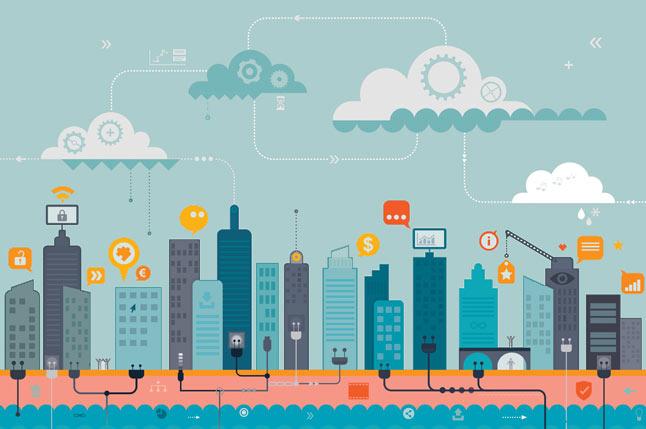
Increasing urbanization is putting unprecedented pressure on city mayors to constantly balance the challenge of resource constraints against environmental sustainability concerns. Gartner, Inc. estimates that 1.1 billion connected things will be used by smart cities in 2015 (see Table 1), rising to 9.7 billion by 2020.
Smart homes and smart commercial buildings will represent 45 percent of total connected things in use in 2015, due to investment and service opportunity, and Gartner estimates that this will rise to 81 percent by 2020. "Smart cities represent a great revenue opportunity for technology and services providers (TSPs), but providers need to start to plan, engage and position their offerings now," said Bettina Tratz-Ryan, research vice president at Gartner.
Gartner defines a smart city as an urbanized area where multiple sectors cooperate to achieve sustainable outcomes through the analysis of contextual, real-time information shared among sector-specific information and operational technology systems.
"The majority of Internet of Things (IoT) spending for smart cities will come from the private sector. This is good news for TSPs as the private sector has shorter and more succinct procurement cycles than public sectors and cities," said Tratz-Ryan.
Residential citizens will lead the way by increasingly investing in smart-home solutions, with the number of connected things used in smart homes to surpass 1 billion units in 2017. Connected things include smart LED lighting, healthcare monitoring, smart locks and various sensors for such things as motion detection or carbon monoxide. Smart LED lighting will record the highest growth of IoT consumer applications, from 6 million units in 2015 to 570 million units by 2020. Light will move from being an illumination source to a communications carrier incorporating safety, health, pollution and personalized services.
In addition to residential IoT investments, there are a number of IoT deployments for on-street and off-street parking guidance, road traffic guidance and traffic flow metering. A quick win within transport is the reduction of traffic congestion.

 In
In
Add new comment